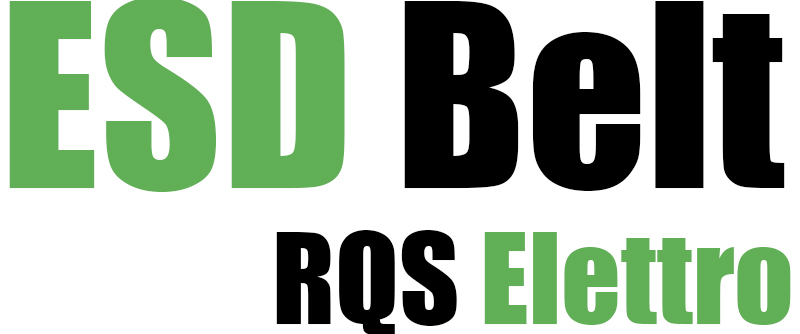What are the commonly used conveyor belts?
As for the conveyor belt, as the name implies, it is the belt for conveying items, which can quickly realize the short-distance transmission of items, saving a lot of human resources and enterprise costs. With the development of automation, the use of conveyor belts has become more and more extensive, and conveyor belts used in different industries will also use conveyor belts with different materials and prices. The material of the conveyor belt: PVC, PU, rubber, silicone, chain plate, Teflon, etc., of which PVC and PU are widely used. PVC conveyor belt: It is used in many industries, has a large market share, and is cheap. It can process special specifications such as customized baffles, skirts, and guide bar punching. Its main feature is that it is not easy to deform and is easy to use. PU conveyor belt: This is a food-grade conveyor belt, which can be used in many food industries. The price is high. The material is made of PU pollution-free compounding agent, which is safe and pollution-free. Because of environmental hygiene and food-grade certification, buyers can easily s Choice.


